The name of this city was first mentioned sometime around the 10th century by the Arab geographer and scientist al-Hamdani. But in his writings, this city is already labeled as ancient. Some scholars believe that this is the Roman port of Limen Evangelis that Ptolemy wrote about. According to other scholars, it was Pharoah Ramses III who created the port which served Suakin for centuries, marking the start of a prosperous and successful trading city.
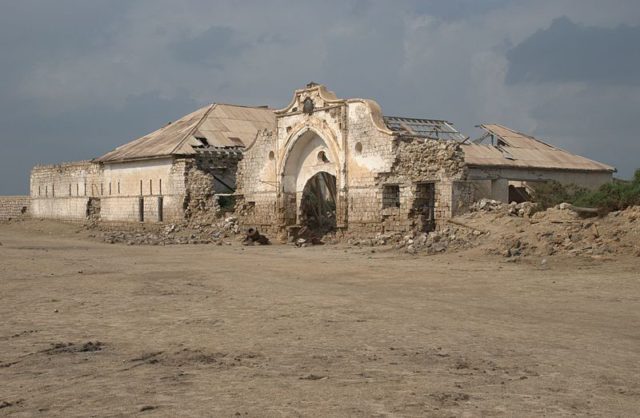
This was a place that welcomed them all, from Pharaohs to classical Greeks, from Arabic to Hindi people. The port city of Suakin was a global trading center, where languages as diverse as Portuguese, African, or English would be heard. But despite all this grandeur, the city one day fell, and today stands as a ruin, reminding visitors of the days when Suakin shone.
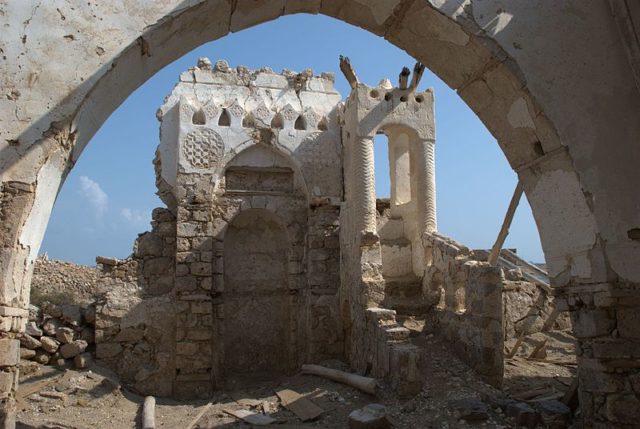
It doesn’t come as a surprise, given the age of this ancient city, that its origin is linked to numerous legends, one of which tells that this place was haunted by jinn, or demons. The story goes that Sulayman ibn Daud, known to the rest of the world as King Solomon, imprisoned the jinn in the city so they could make no more mischief for him, and thus the name Sawajin was born, from the Arabic word for Prisons. Al-Hamdani named this city as Sawakin which translated from Arabic becomes Dwellers.
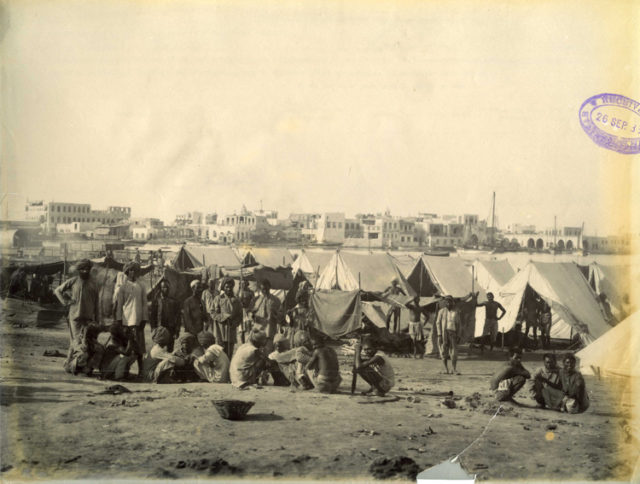
Another legend includes no demons and no jinn but the simple name of Suq, meaning market. But wherever the roots of this place can be traced, it is certain that this city held its ground for thousands of years. The port itself was somewhat isolated and was accessible only through a channel leading into the Red Sea. Standing between Massawa in Eritrea and Quseir in Egypt – still standing and both ancient – Suakim was the finest of them all.
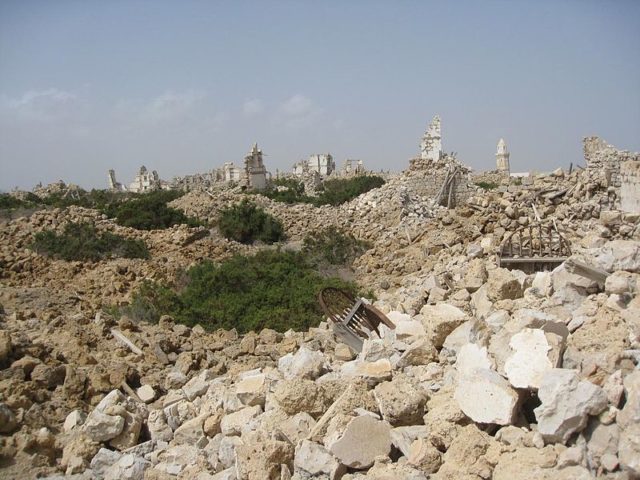
The city and its port were well known among the Egyptians as a place for trading gold, as well as ivory and aromatic oils, though tortoise-shell, chrysolite and peridot weren’t excluded.
The whole region was once lucratively exploited for gold by the Egyptians as well as many other people who followed over the years. The Red Sea area’s history is filled with numerous ups and downs, corresponding with the power of Egypt itself; down went Egypt and down went the whole region. It was 1085 when the fortunes of Suakin began their downward trajectory.
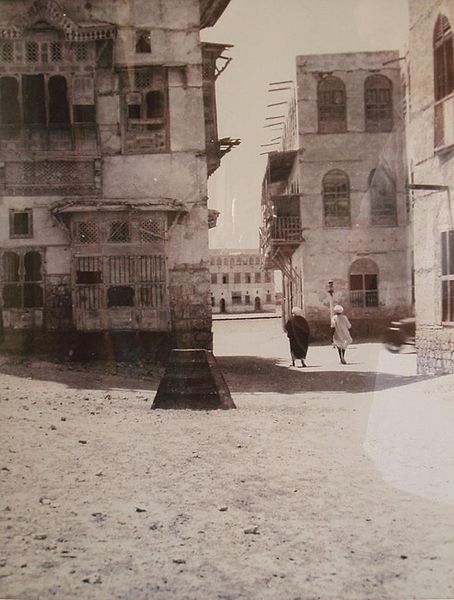
And it remained at its lowest until Alexander the Great conquered Egypt in 332 BC. At this point in history, Suakin rose back from the dead. And its rise continued well after the death of Alexander and even Ptolemy – one of Alexander’s generals. It was a deluxe place with buildings made out of coral, with extravagant pillars and decorations made of wood and carved stone.
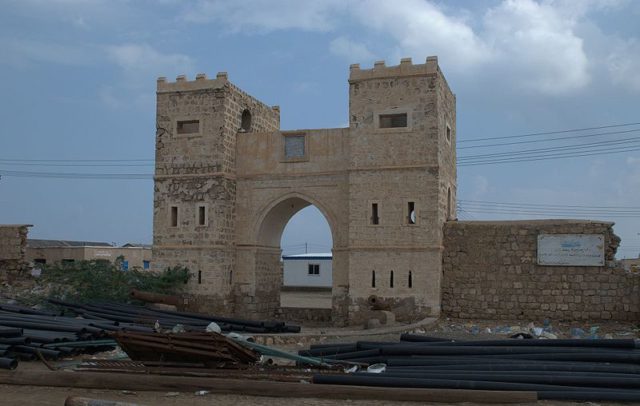
During the medieval period, the importance of this city and port was intensified for this where the African pilgrims on their way to Mecca were ferried to. It seems that at almost any point in human history, Suakin was somehow involved.
For example, during the Ottoman rule, the fortunes of Suakin plummeted hard. The Portuguese explorers, however, were canny enough to circumvent this port to avoid dealing with the Ottomans. This is when the Ottomans, just like many others before, left the city. Then in the 19th century came the British Herbert Kitchener, 1st Earl Kitchener, who chose Suakin as a home for his headquarters. It was even a center for the slave trade.
As the business of selling slaves diminished, the importance of this port-city did too. Plus the new port named Port Sudan did additional damage, for it took, with time, all trade from Suakin. Once more this city fell low, only this time it remained so and with time was completely abandoned.
What was left behind were magnificent coral buildings and a numinous pile of tales, myths and legends. Pummeled by time itself, Suakin still serves some purpose. It reminds the myriad of tourists about the days when riches flowed through the town and pharaohs and kings and generals walked on its grounds.
